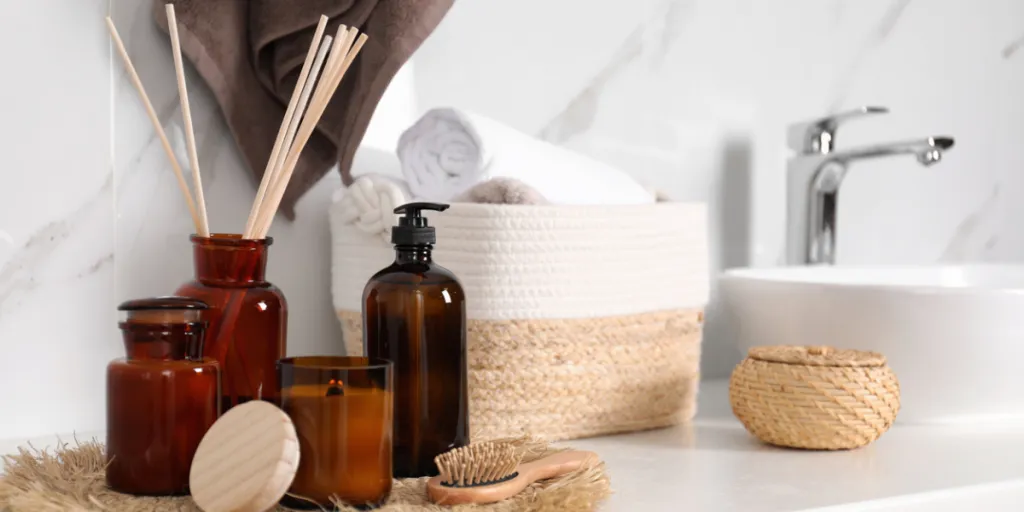The growing popularity of essential oils worldwide has captured the attention of consumers seeking natural remedies and holistic approaches to wellness. In this blog, we’ll explore the sales growth potential of essential oils and delve into the reasons behind their global appeal.
Table of Contents
The growth of the essential oils market
Factors driving the growth of the essential oils market
Conclusion
The growth of the essential oils market
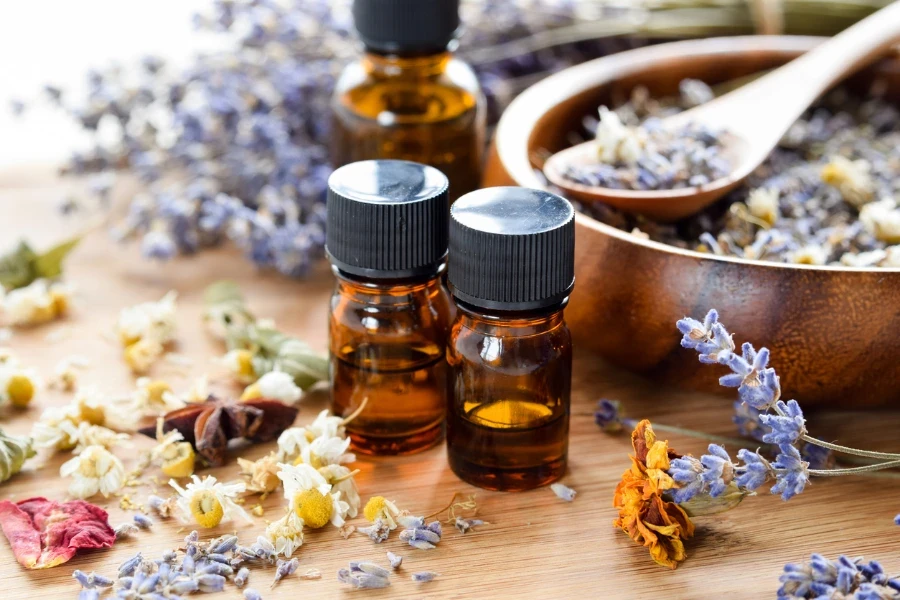
One study estimates that the global market for essential oils was valued at US $21.79 billion in 2022. The same report states that this market will grow at a compound annual growth rate (CAGR) of 7.9% until 2030.
In addition, Google Ads shows that “essential oils” received 301,000 searches in May 2023, increasing to 368,000 in October, reflecting a healthy rise of 22,25%.
Essential oil suppliers can use these insights to motivate stock purchases. Read on to learn more about the factors behind this growth and which products have the most salability in today’s market.
Factors driving the growth of the essential oils market
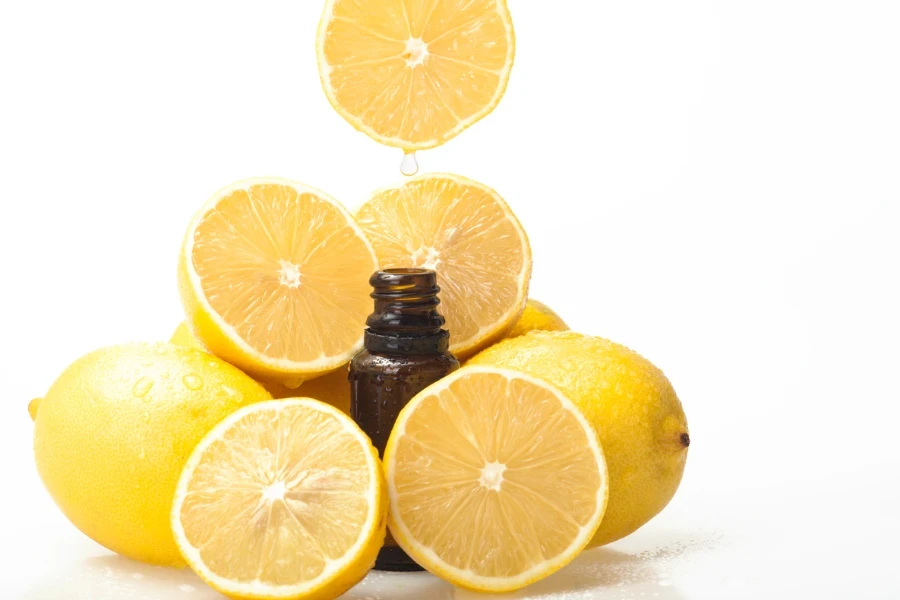
As countries and individuals become more mindful of their impact on the environment, they seek products and brands that utilize sustainable agricultural practices. Customers, therefore, increasingly want natural and organic products to support their health and well-being. Part of this trend includes pure essential oils and non-organically grown essential oils.
Pure essential oils often come with a certification to indicate such. Products derived from organic farming practices tend to be nature-friendly and sustainable. They also produce oils that are healthier for human and animal use.
Non-organic essential oil farming practices are less sustainable than organic techniques. This type of agriculture uses more pesticides and fertilizers and is generally less sustainability-focused.
Synthetic oils and fragrances consist mainly of petroleum byproducts. Alternatively, synthetic products may use a combination of less gentle petroleum products and natural ones.
There are a growing number of industries that increasingly use essential oils in their products. These include:
- Natural health (spas and aromatherapy)
- Food and beverage
- Medical
- Beauty and skincare
- Cleaning
- Textiles
Because of this demand, the market for essential oils continues to grow.
How various industries apply essential oils

The industries listed above have many applications for different types of essential oils. Here are just a few examples of which oils these sectors use and for what:
Personal health industries
Millennials and Gen X are more inclined to seek holistic health remedies. Because of this, these consumers often seek therapists and spas to support their well-being. Spas and aromatherapy therapists use essential oils extensively as natural therapeutics.
Besides using them in massage therapies, those involved in personal health may also use applicators to disperse their favorite essential oils, such as via essential oil diffusers, reed diffusers, and ultrasonic diffusers.
Several types of and their benefits include:
- Cedarwood oil: Used in shampoos, deodorants, and insect repellents. This oil is beneficial in treating anxiety, promoting relaxation, and improving sleep.
- Lavender oil: Ideal for use in bedroom aromatherapy diffusers to help with sleep. Customers can also use this oil in the bath as a spritzer or add it to a base oil for moisturization. Benefits include improved mood, better sleep, and reduced pain and stress.
- Tea tree oil: Therapists use this oil to treat acne and ringworm. It must be used with caution as it can be harmful to animals and children.
- Other popular essential oils for home and spa use are sandalwood, rose, myrrh, and frankincense.
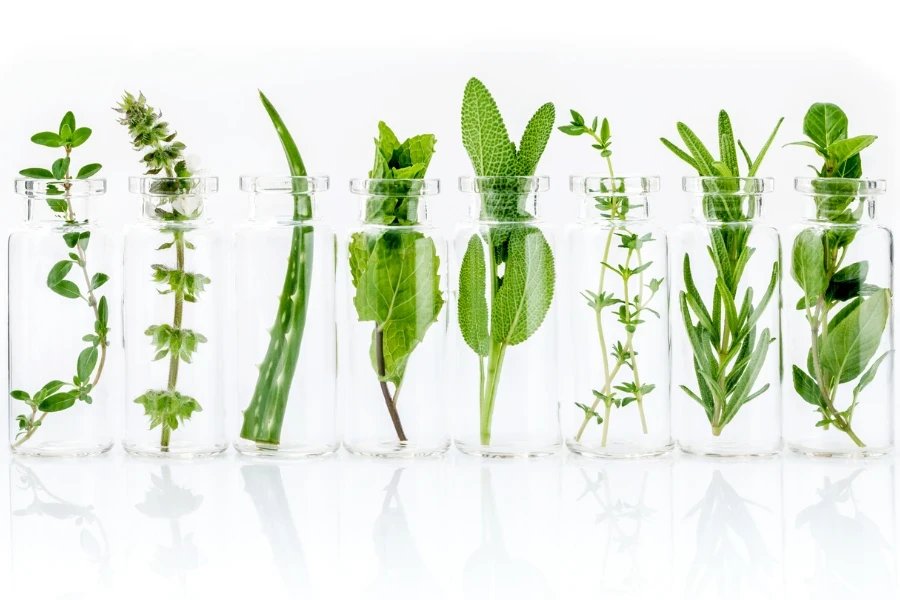
Food and beverages
Essential oils contain antifungal and antibacterial properties. These characteristics make them suitable for increasing the shelf life of perishable foods. Essential oils, such as those from flowers and vegetables, can also be used to flavor and scent foods and beverages.
Medical
Orthodox and natural medicines use essential oils. Some applications include treating wounds, inflammation, and anxiety, among others. This industry also uses essential oils in drug delivery systems.
Examples of essential oil extracts used in this sector are lavender, lemon, orange, peppermint, and rose.

Beauty and skincare
This industry values essential oils for their health and beauty properties and fragrances. Benefits range from preserving beauty products to tightening the skin, providing sun protection, or their anti-aging and anti-acne properties.
Valuable essential oils in this industry include lavender, tea tree, citrus, eucalyptus, and other floral oils for fragrances. Cosmetics often contain oils such as limonene, linalool, citronellol, geraniol, and citral.
Cleaning products
Essential oils contain everything from anti-fungal to anti-bacterial and anti-viral properties. These hygienic qualities make them suitable for use in natural and synthetic cleaning materials. With the drive toward more natural products, many consumers are also using essential oils to make their own cleaning products, beauty products, and anti-pest solutions.
Several oils typically used in household cleaning products are pine, eucalyptus, lemongrass, lemon, orange, tea tree, citronella, and rosemary.
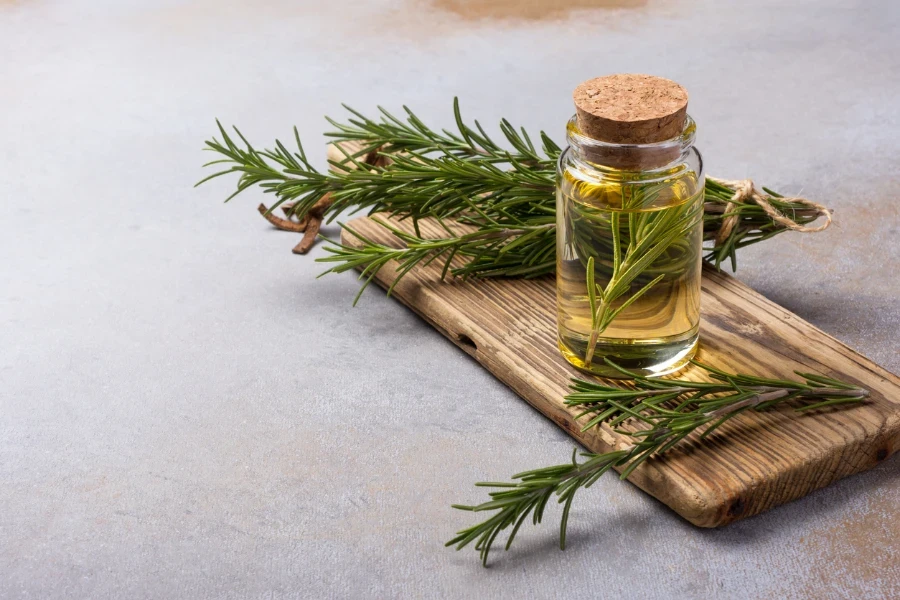
Textile industry
Many essential oils contain beneficial qualities such as antiparasitic, anti-allergenic, antibacterial, and more. Because of this, manufacturers in the textile industry are increasingly adding them to fabrics to make bedding, clothing, and other products.
Some essential oils used by the textile industry include neem, citronella, karanja, thyme, and castor.
Conclusion
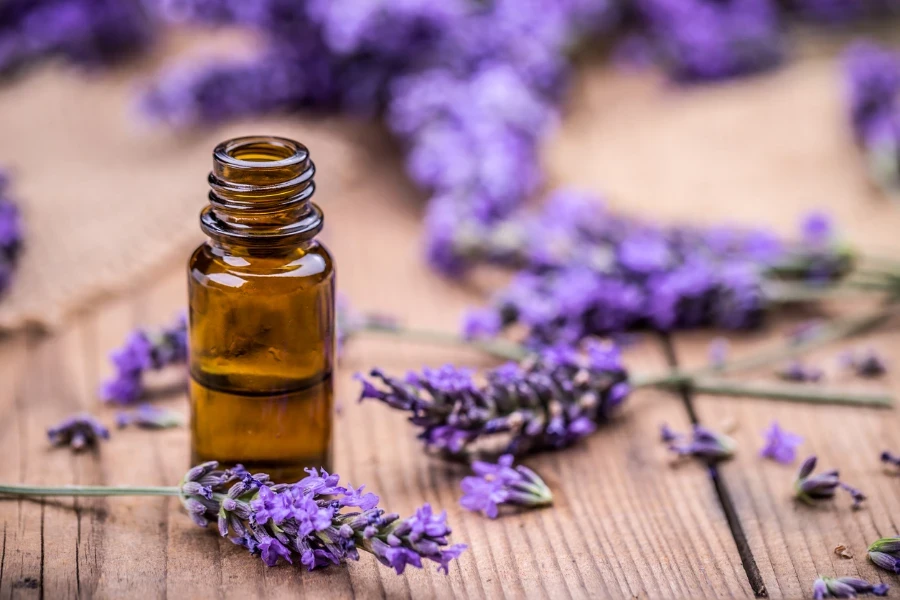
As the essential oils market continues to grow – mainly driven by the natural health industry – it may pay to invest in pure essential oils and related products such as essential oils, carrier oils, and diffusers.
You can find a huge range of such products from trusted sellers on Alibaba.com.





